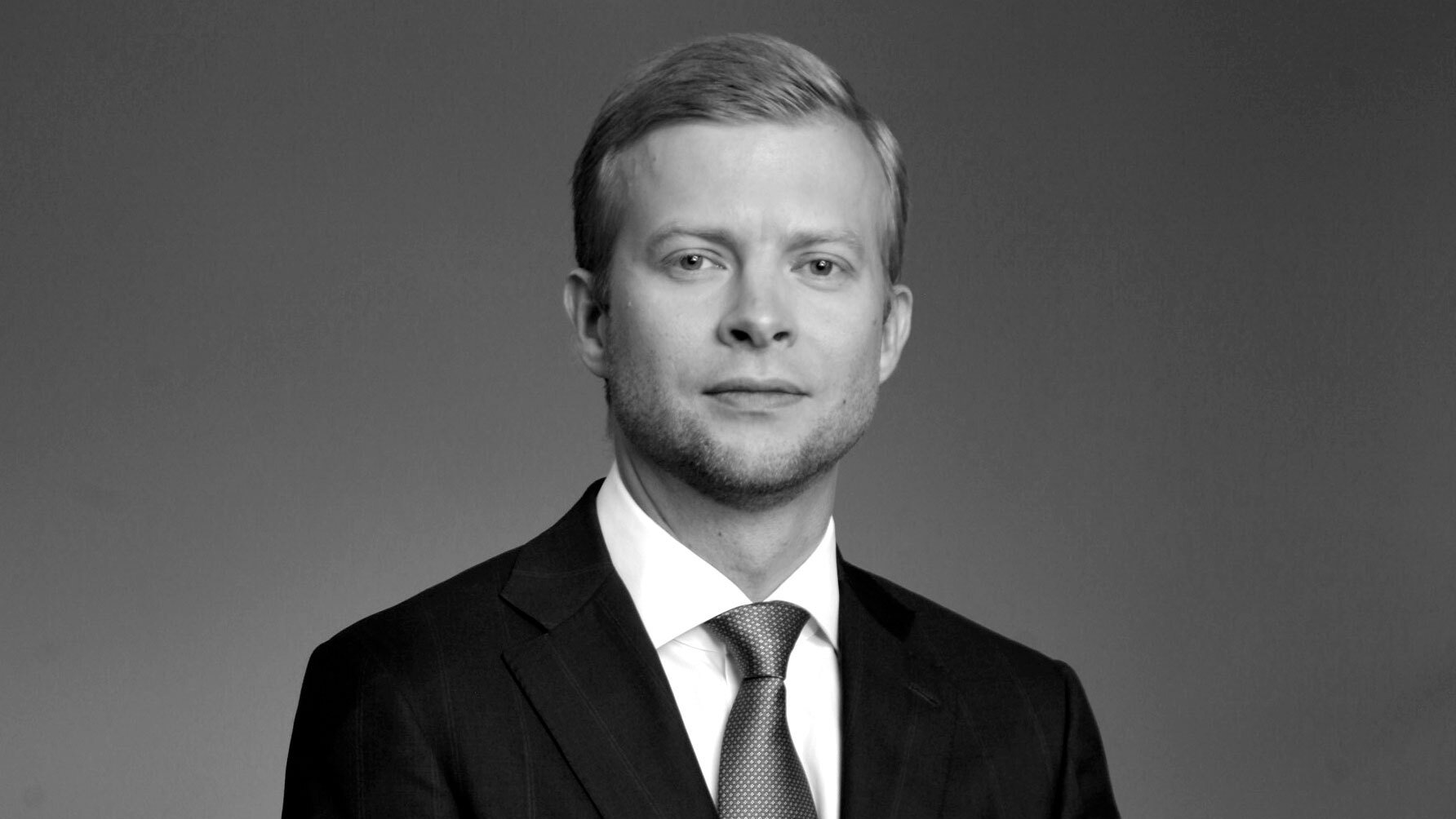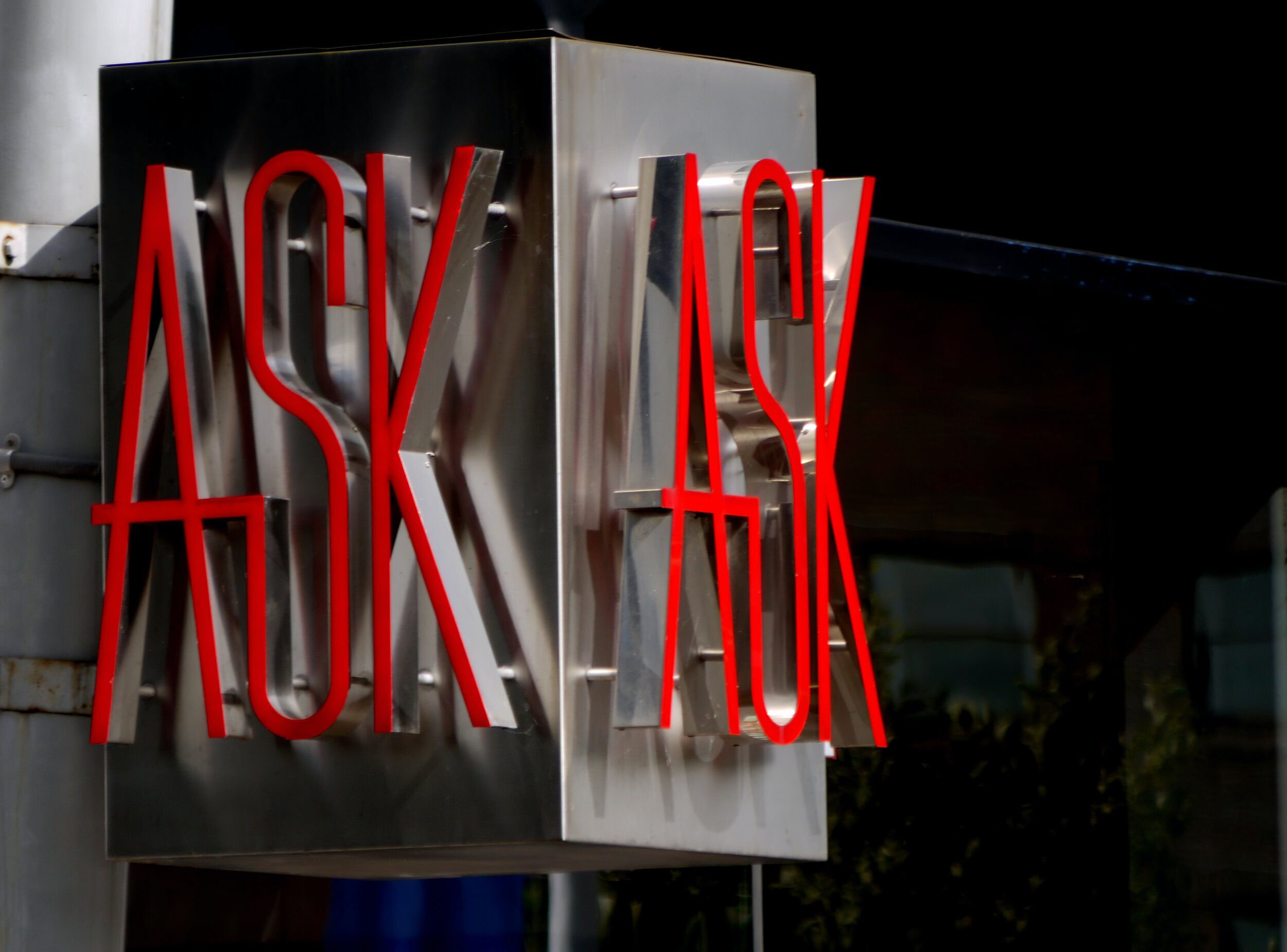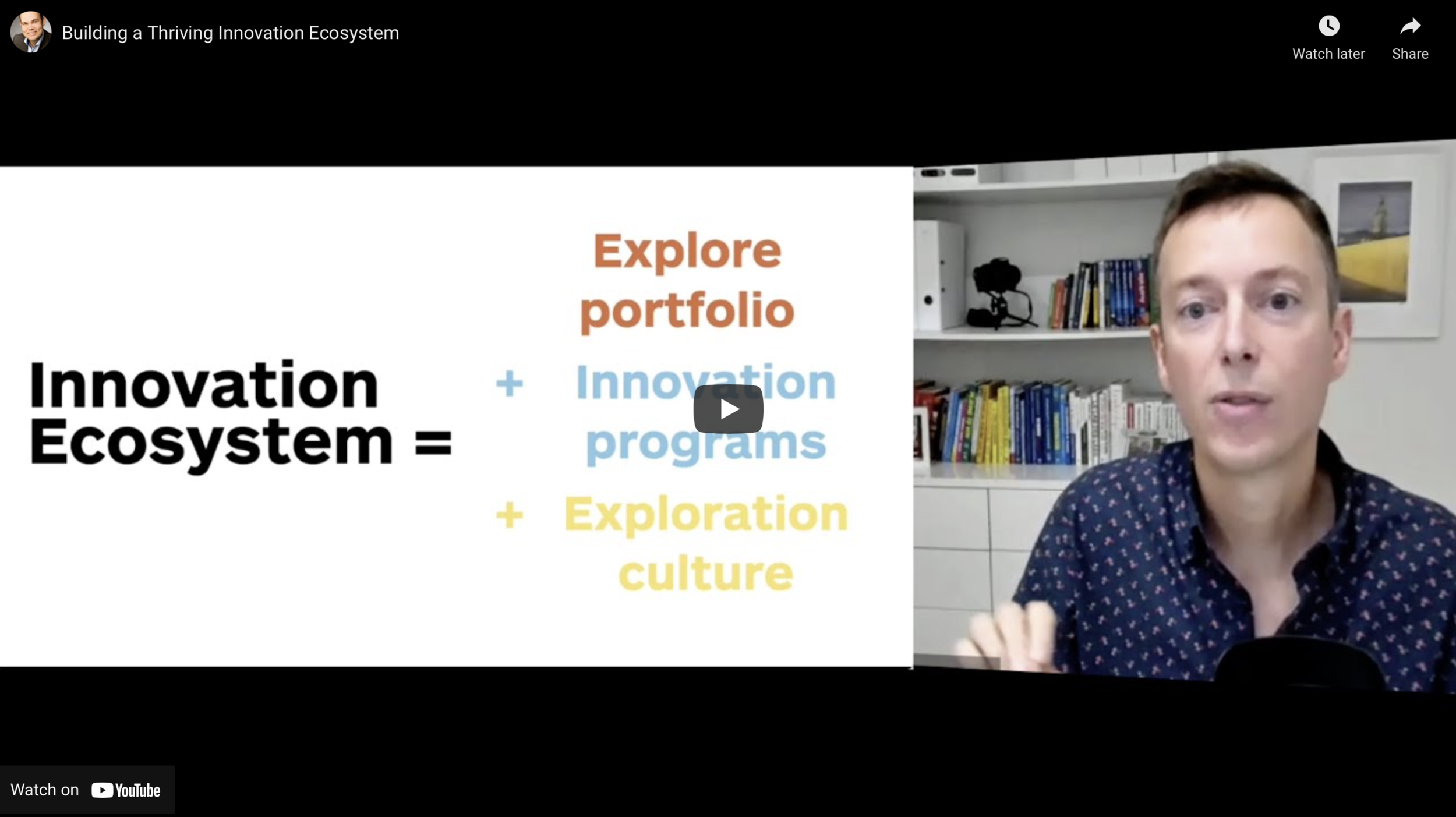The first 18 months of leading the creation of an Innovation Ecosystem
It’s February 2020 and Sergey Zverev is asked to lead the launch of the Emerging Markets Innovation Access Studio (EMIAS), MSD’s new innovation arm. Designing an innovation ecosystem from scratch is a daunting task under normal circumstances. In Sergey’s case it’s even more complicated than usual. COVID 19 is coming into full swing and everyone is working from home.
While the situation is uncertain, Sergey’s objectives are clear. He needs to generate transformative ideas aimed at broadening access to MSD’s drugs and vaccines in the emerging markets. But the game is not about generating ideas. Sergey needs to help innovation teams go from ideas to experiments rapidly, and ultimately launch new, transformative business models.
In the same situation, what would you do?
I had the privilege of interviewing Sergey together with StratChat host Nick Himowicz. Let's look at how Sergey tackled this challenge.
1. Build a strong team
Sergey knew he would need a team around him. So he began by recruiting six people who were 100% dedicated to EMIAS.
2. Collect transformative ideas
EMIAS then opened the gates wide to new, transformative ideas across the emerging markets region, and asked all employees to contribute. To be selected, an idea had to have a high potential to boost access to MSD’s drugs and vaccines across the emerging markets.
3. Define an innovation framework
Sergey and his team defined and implemented a simple innovation framework involving a series of innovation sprints to help teams methodically experiment and de-risk their business ideas. As part of the process, they used tools like The Business Model Canvas, The Value Proposition Canvas, Test and Learning Cards. With a simple framework in place and promising ideas selected, they launched with a first cohort of nine projects.
4. Get the help you need
The ‘game changer’, as Sergey put it, was bringing in external innovation coaches. They were embedded in the innovation project teams. They brought entrepreneurial expertise and helped challenge the teams, ensuring assumptions were rigorously tested and decisions were based on evidence from testing.
5. Put in place a simple governance
Sergey managed to put in place a simple governance with few decision-making layers in order for EMIAS to move fast with initial idea selection and then project funding decisions along the way.
6. Capture learnings to continuously improve
Sergey and his team kept a record of their learnings. They captured key learnings from running the first cohort on the ideas explored, the experiments run, but also the tools, ways of working and challenges faced by EMIAS. This meant Sergey and his team were constantly looking for ways to improve the emerging markets innovation ecosystem, testing those improvements in the next EMIAS cohort.
Watch the webinar
It’s always great to hear innovation lessons from real innovation leaders. And these are just a few of the nuggets of business wisdom we extracted from the recent StratChat webinar with Sergey. If you’d like to learn more, you can watch the webinar recording where he goes into more details about how he started the EMIAS journey and the key results after the first 18 months.
The next step for Sergey
Often, working in corporate innovation can be career suicide, especially when organizations aren’t set up to innovate. Sergey’s journey in MSD shows that innovation can also be a career booster. We wish Sergey a lot of success in his new role as Managing Director of the Colombia and Ecuador cluster.
Of course, the work of developing the emerging markets innovation ecosystem continues. And with a strong team now in place, support from the executive team and a commitment to experimentation, the future looks bright for EMIAS.
Note: an earlier version of this post was originally published on the Strategyzer blog










